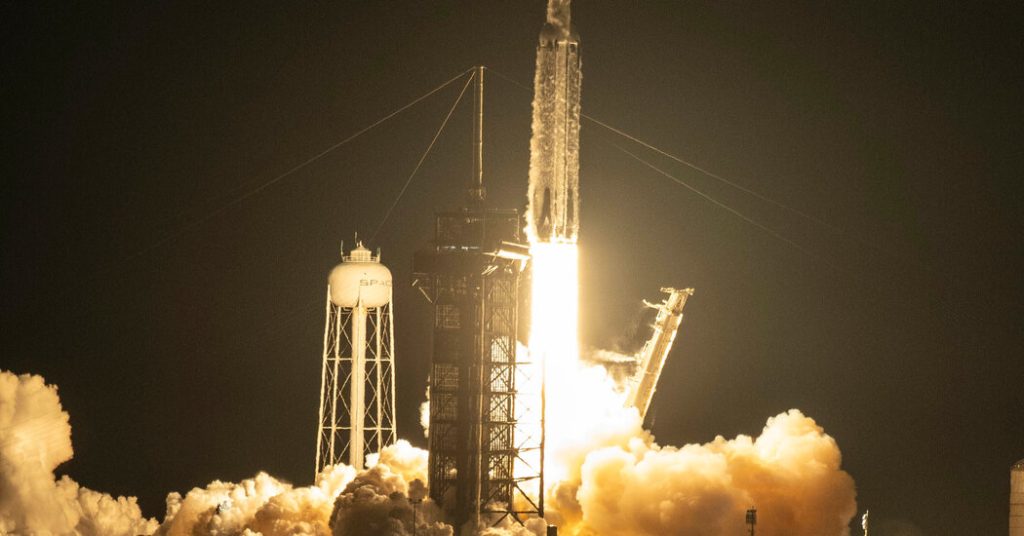The Pentagon is increasing its efforts to enhance its capacity for warfighting in space, as it perceives China and Russia’s rapid advancements in space-based operations as a threat to U.S. troops and assets. This shift reflects a change in military strategy as space becomes more militarized. The Defense Department aims to acquire new tools to defend its satellite network and potentially disrupt or disable enemy spacecraft. This approach differs from past strategies by focusing on offensive capabilities rather than just defense.
Both Russia and China have deployed systems like lasers and anti-satellite missiles that could target American space assets, raising concerns within the Pentagon. Russia’s alleged development of a space-based nuclear weapon is particularly worrying. However, Chinese and Russian officials deny these claims, arguing that the U.S. is driving the militarization of space for hegemonic purposes. This has led to calls for banning weapons in outer space, which have not been successful.
The U.S. is pursuing a strategy of “responsible counterspace campaigning,” which aims to protect its interests in space without creating excessive debris. While the specifics of this approach are classified, it is believed to involve cyberspace attacks, lasers, and high-powered microwaves to disable enemy satellites. The use of directed-energy devices is seen as a possible tool in future space operations to achieve strategic objectives, without the negative consequences of traditional weapons.
Efforts are underway to enhance force protection through the Space Force and other branches of the military, ensuring that the U.S. can defend against potential threats in orbit. This includes plans for modernizing ground-based systems to disrupt enemy communication with their satellites. The Pentagon is also developing spacecraft that can maneuver, be refueled in space, or potentially disable enemy satellites. Contracts for launching spacecraft to observe threats have been awarded to private companies to further these efforts.
The Pentagon is investing significant resources in developing offensive capabilities in space, with an estimated budget of hundreds of millions of dollars annually. It is anticipated that it will take five to ten years for the U.S. to establish a robust suite of weapons in space, assuming the effort progresses as planned. There are concerns from peace activists and others that the U.S. is pushing too aggressively to militarize space, potentially leading to further conflict. Despite calls for a ban on space weapons, the Pentagon remains committed to expanding its space warfighting capabilities.
Overall, space has now become an integral part of the military fighting domain, as evident from the Pentagon’s efforts to enhance its capacity for operations in space. While the goal is to avoid war in space, the U.S. recognizes the need to be prepared for such a scenario. Coordination with allies and multinational efforts are being pursued to bolster space defenses and deter potential adversaries. Despite some concerns about the pace of progress, the Space Force continues to advance its efforts to ensure U.S. dominance in space operations.








